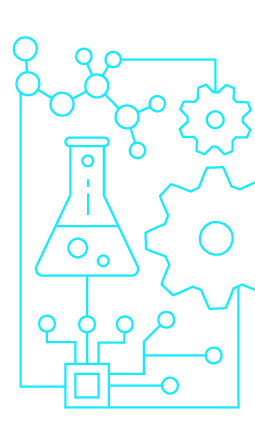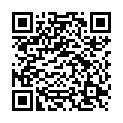|
|
|
| Module code: MAB-1.2 |
|
2U (2 hours per week) |
|
2 |
| Semester: 1 |
| Mandatory course: yes |
Language of instruction:
German |
Assessment:
Written examination
[updated 12.09.2004]
|
MAB-1.2 Mechanical and Process Engineering, Bachelor, ASPO 01.10.2004
, semester 1, mandatory course
|
30 class hours (= 22.5 clock hours) over a 15-week period.
The total student study time is 60 hours (equivalent to 2 ECTS credits).
There are therefore 37.5 hours available for class preparation and follow-up work and exam preparation.
|
Recommended prerequisites (modules):
None.
|
Recommended as prerequisite for:
|
Module coordinator:
Prof. Dr. Ralf Oetinger |
Lecturer: Prof. Dr. Ralf Oetinger
[updated 17.06.2004]
|
Learning outcomes:
After attending this course students will be acquainted with the most important functions available in the usual MS-Office programs and on the internet. Students will be in a position to use these programs to handle the typical technical and engineering problems they will meet in their day-to-day activities.
[updated 12.09.2004]
|
Module content:
Introduction to various applications in the most common office software packages
1.Excel applications specially for handling engineering problems
2.PowerPoint – Structuring presentations (extended essays, course assignments, work-experience reports)
3.MS-Word skills required to prepare written work such as the final-year dissertation, master’s thesis etc.
4.The internet in daily use (e-mail, browser programs, searching and data mining, etc.)
5.Focus on a software application of current interest
[updated 12.09.2004]
|
Teaching methods/Media:
Group work solving specific exercises
[updated 15.08.2012]
|
Recommended or required reading:
Oetinger, R., ‘Einführung in die Informatik’ (accompanying lecture notes, latest version)
Übungshefte für Excel, PowerPoint und Word – Herdt Verlag (Books of exercises for MS-Office applications, latest edition)
[updated 12.09.2004]
|


